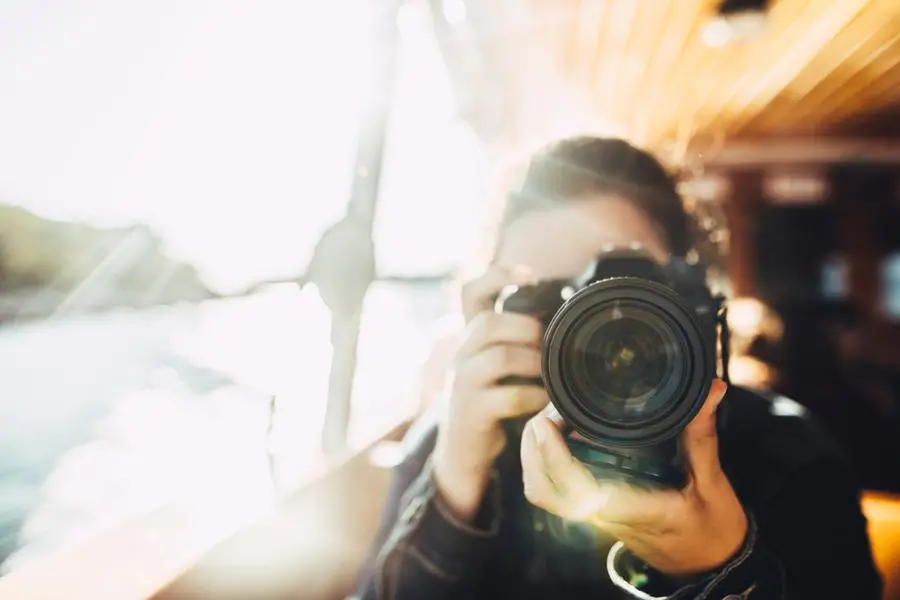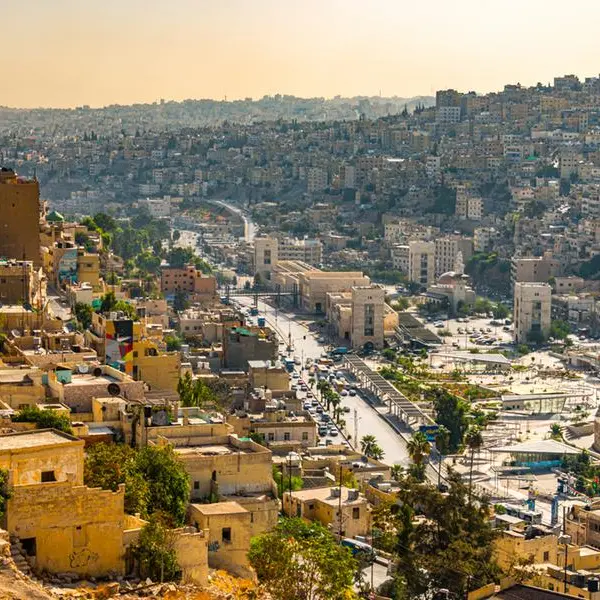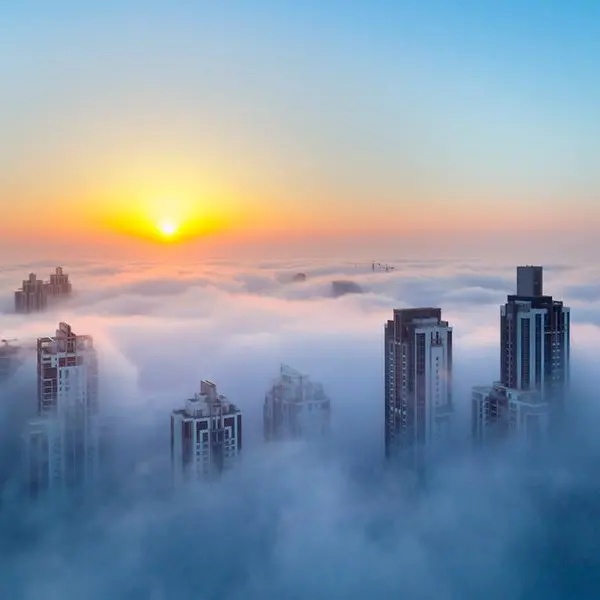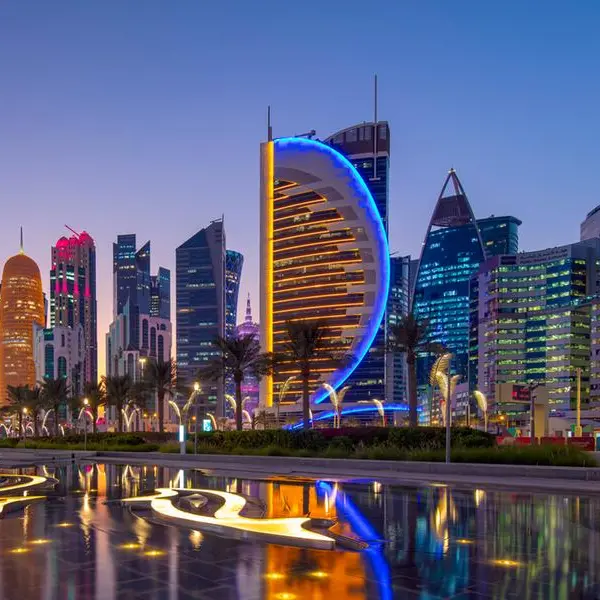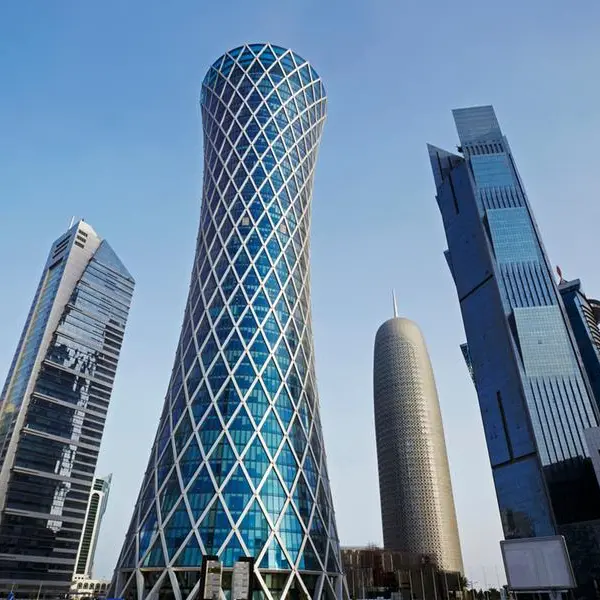PHOTO
“I am in Masai Mara now,” said UAE-based wildlife photographer Hermis Haridas beaming ear to ear on the video, just after a brief tryst with a leopard climbing a tree. He had waited until sunset to get some good shots of the beast in the golden glow, but it chose to sleep atop instead, robbing him of an engaging photo-op, he said, a tad disappointed. Haridas’s account exemplified everything that the life of a lensman like him entailed: Excitement, opportunity, disappointment and oodles of patience.
Haridas had left for the African wilderness - now his favourite photo haven - soon after collecting his HIPA award in the General Category (colour) on November 16 at the Dubai Opera. “All I remember is my name being called out,” he says from a camp he owns in the preserved savannah which he frequently visits to capture birds and beasts on his camera.
The rest of the award evening is a blur in his memory, for such was its unexpectedness. The winning photograph titled ‘Dawn's Whispers: Graceful Hoopoe Silhouette at Sunrise’ featuring the native bird hoopoe, shot in Al Qudra, had already picked up three international honours by then, and HIPA was the icing on the cake that established his credentials as one of the most prominent wildlife photographers in the UAE. The photograph came out on top of nearly 80,000 entries from 96 countries.
From a programmer to a photographer, the journey has been long, arduous but fulfilling for Haridas. Although he had made great strides in 14 years as a shutterbug with a keen eye on the birds in the UAE, especially those that inhabited the open areas of Al Qudra, it was the hoopoe snap that brought the confetti showering on him.
How many clicks before he got to this colossal moment? “Many. At least a million,” he says without batting an eyelid. And that is no mean accomplishment, considering how wildlife photography is not a product of random, instant clicking. “It is all about knowing your subject, its behaviour and instincts. It comes only from watching the subjects over a period of time, although some research can also help.”
Predicting the behaviour of a creature sounded like a tall order, but Haridas says it becomes easier when one commits himself to the task and goes after the subject without giving up. Persistence – that is the name of the game, and nothing testifies to that fact than the effort he took to get the hoopoe so perfectly captured in the frame.
“I had not participated in any competition until now. Although I have taken several good pictures, none of them felt as unique as the hoopoe one did. Something said to me that this was it. It stood out due to its composition, balancing light and dark elements to symbolise the dualities of existence,” Haridas says about the photo that launched a thousand applause.
The hoopoe had always been a subject of great fascination for Haridas and capturing it with a worm in its beak has been his biggest obsession. Describing the day on which he took ‘Dawn’s Whispers’, he says, “During one of my photo expeditions to Al Qudra, I got some snaps of this guy picking worms and flying to a tree. When I saw the pictures, I saw that the bird looked very beautiful against a backdrop of sunlight, the tree and the sky. With this composition in mind, I returned the next day, at dawn, and waited for the bird to fly across. But what happened next was something I had not imagined. The bird took off vertically, giving me a lifetime’s chance to click my favourite subject.”
How does one capture the split second so perfectly, as if it was tailored for him? The trick is to maintain the focus on the subject without getting distracted, it seems. "Once you have identified the subject, never take your eyes off the viewfinder. Keep clicking it through its action. Some of the shots may be wasted, but you may get one that will become your life-changing moment,” he says.
Photographs are moments captured for posterity, but doesn’t it rob the joy of savouring the present moment in its entirety? “It does,” says Haridas, “but that is a sacrifice a photographer makes to share the moment he has seen through his viewfinder with the world and give others an experience they may not themselves have. There have also been instances when I missed documenting the moment after being lost in the delight of watching it with my eyes than through the lens, like I once did in Rwanda when I was with baby gorillas.” The hits and misses, apparently, are what makes wildlife photography an art of both instinct and information.
From clicking random pictures on the weekend to off-load work stress using a basic camera to freezing moments in flight with the most advanced tools, Haridas has come a long distance, both as a professional and a person. He now owns a camp in Masai Mara and half of the profits goes to the local community to which he is now deeply attached. When he is in Dubai, he also conducts free photography workshops in Al Qudra for enthusiasts as a giveback gesture for the lessons he learned gratis from his mentor Mohammed Arfan Asif 14 years ago.
Haridas turned a casual pastime into a passion, which now is his profession that addresses global issues. “My larger goals extend beyond capturing captivating images. Through my two photography platforms, Paws Trails and Mara Trails, my mission is to educate, inspire, and contribute to wildlife conservation and bridge the gap between people and nature,” he sums up.
The picture that brought Haridas laurels from across the world was an outcome of meticulous attention to detail and an assemblage of technique and aesthetics. But beyond it all, it was a display of patience, resilience and commitment that saw him surmount all that came between him and his camera in the 14 years that he has been on the wild trail.
Copyright © 2022 Khaleej Times. All Rights Reserved. Provided by SyndiGate Media Inc. (Syndigate.info).
